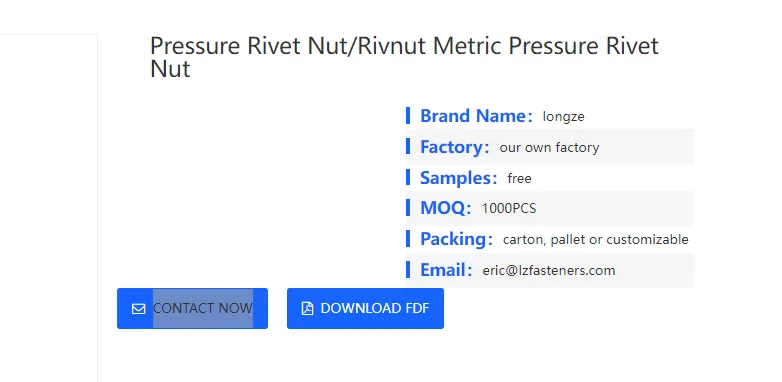

top lock flange nut
Des . 12, 2024 05:07 Back to list
top lock flange nut
The Importance of Top Lock Flange Nuts in Modern Engineering
In the world of mechanical engineering and construction, the significance of fasteners cannot be overstated. Among the various types of fasteners available, the top lock flange nut has garnered attention for its impressive performance and reliability. This article delves into the concept, design, applications, and advantages of top lock flange nuts to shed light on their importance in modern engineering.
Understanding Top Lock Flange Nuts
Top lock flange nuts are a specific type of nut that features a wide flange at its base. This flange serves two primary purposes it provides a larger surface area for load distribution and helps prevent the nut from loosening under dynamic conditions. The top lock feature typically involves an additional locking mechanism integrated into the nut design. This feature is crucial for maintaining tension and ensuring that the nut remains securely fastened even in high-vibration applications.
Design Characteristics
The design of top lock flange nuts is centered on functionality and durability
. Made from high-quality materials such as stainless steel, carbon steel, or alloy steel, these nuts are engineered to withstand various environmental pressures, including corrosion and extreme temperatures. The flange enhances the nut's bearing surface, reducing the risk of damage to the workpiece while evenly distributing the load.Additionally, the locking mechanism often includes features like serrations or grooves that grip the bolt threads, effectively increasing the friction and resistance against loosening. This secure fit is essential in applications where vibrations or shifts in force can lead to mechanical failure.
Applications in Various Industries
top lock flange nut

Top lock flange nuts are extensively used across multiple industries, including automotive, aerospace, construction, and manufacturing. In automotive applications, for example, the need for reliable fastening systems is paramount. These nuts are often found in critical components such as engines, suspension systems, and body structures, where safety and integrity are of utmost importance.
In the aerospace industry, where weight and reliability are crucial, top lock flange nuts provide the right balance of strength and lightweight performance. The construction sector also benefits from these fasteners, especially in steel structures and framework assemblies, where the prevention of loosening is critical for maintaining overall stability.
Advantages Over Traditional Fasteners
One of the most significant advantages of top lock flange nuts compared to traditional fasteners is their ability to resist loosening due to vibrations. This characteristic minimizes the risk of mechanical failure and enhances safety in applications where reliability is non-negotiable.
Moreover, the flange base allows for better load distribution, reducing the stress on the bolt and the material being fastened. This distribution minimizes the risk of damage, not only to the fastener itself but also to the components it secures.
The ease of installation is another benefit, as the integrated flange eliminates the need for additional washers, saving both time and labor costs. This streamlined assembly process is particularly advantageous in high-volume manufacturing situations where efficiency is key.
Conclusion
In conclusion, top lock flange nuts represent a significant advancement in fastening technology, combining innovative design with robust performance. Their ability to resist loosening, coupled with excellent load distribution and ease of installation, makes them an essential component in a variety of engineering applications. As industries continue to evolve and demand higher standards of safety and reliability, the importance of effective fastening solutions such as top lock flange nuts will only grow. Embracing these advanced fasteners can enhance the overall integrity of structures and products across numerous sectors, making them a critical element in modern engineering practices.
Latest news
-
Hot Dip Galvanized Bolts-About LongZe|High Strength, Corrosion Resistance
NewsJul.30,2025
-
High-Strength Hot Dip Galvanized Bolts - Hebei Longze | Corrosion Resistance, Customization
NewsJul.30,2025
-
Hot Dip Galvanized Bolts-Hebei Longze|Corrosion Resistance&High Strength
NewsJul.30,2025
-
High-Strength Hot-Dip Galvanized Bolts-Hebei Longze|Corrosion Resistance&High Strength
NewsJul.30,2025
-
Hot Dip Galvanized Bolts-Hebei Longze|Corrosion Resistance&High Strength
NewsJul.30,2025
-
Hot Dip Galvanized Bolts - Hebei Longze | Corrosion Resistance, High Strength
NewsJul.30,2025

